Growing Electric Vehicle Market
The Automotive Hollow Stabilizer Bar Market is poised to benefit from the rapid growth of the electric vehicle (EV) market. As EV manufacturers strive to optimize vehicle performance and range, the demand for lightweight components, such as hollow stabilizer bars, is expected to surge. Hollow stabilizer bars can significantly reduce the overall weight of electric vehicles, thereby enhancing their efficiency and driving range. Market projections suggest that the EV segment will account for a substantial share of the automotive market in the coming years, creating lucrative opportunities for manufacturers specializing in hollow stabilizer bars.
Rising Demand for Fuel Efficiency
The Automotive Hollow Stabilizer Bar Market is experiencing a notable increase in demand for fuel-efficient vehicles. As consumers become more environmentally conscious, automakers are compelled to enhance vehicle performance while minimizing fuel consumption. Hollow stabilizer bars, being lighter than their solid counterparts, contribute to weight reduction, thereby improving fuel efficiency. According to recent data, vehicles equipped with hollow stabilizer bars can achieve up to 5% better fuel economy. This trend is likely to drive manufacturers to invest in the development of advanced hollow stabilizer bar technologies, aligning with the industry's shift towards sustainability and efficiency.
Enhanced Vehicle Stability and Safety
In the Automotive Hollow Stabilizer Bar Market, the emphasis on vehicle stability and safety is paramount. Hollow stabilizer bars play a crucial role in reducing body roll during cornering, which enhances overall vehicle handling. As safety regulations become more stringent, automakers are increasingly integrating advanced suspension systems that utilize hollow stabilizer bars. This integration not only improves ride quality but also contributes to passenger safety. Market data indicates that vehicles with enhanced stability features are more appealing to consumers, potentially leading to increased sales and market share for manufacturers focusing on these innovations.
Increasing Focus on Performance Tuning
In the Automotive Hollow Stabilizer Bar Market, there is a growing trend towards performance tuning among automotive enthusiasts. As consumers seek to enhance their vehicles' handling and responsiveness, the demand for aftermarket hollow stabilizer bars is likely to rise. These components allow for customization of suspension systems, enabling drivers to achieve desired performance characteristics. Market analysis indicates that the aftermarket segment is expanding, driven by a community of car enthusiasts who prioritize performance upgrades. This trend presents an opportunity for manufacturers to develop specialized hollow stabilizer bars tailored to meet the needs of this niche market.
Technological Advancements in Manufacturing
The Automotive Hollow Stabilizer Bar Market is witnessing significant technological advancements in manufacturing processes. Innovations such as automated production lines and advanced materials science are enabling manufacturers to produce hollow stabilizer bars with greater precision and efficiency. These advancements not only reduce production costs but also enhance the performance characteristics of the stabilizer bars. For instance, the introduction of high-strength steel and composite materials is likely to improve durability and reduce weight. As a result, manufacturers who adopt these technologies may gain a competitive edge in the market, appealing to automakers seeking high-performance components.


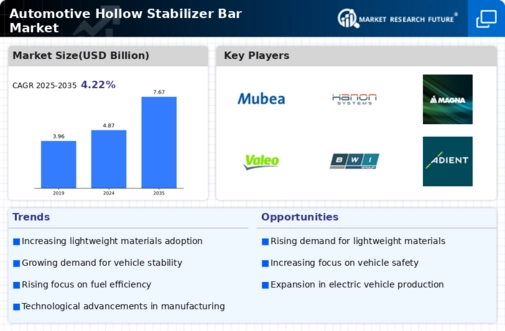

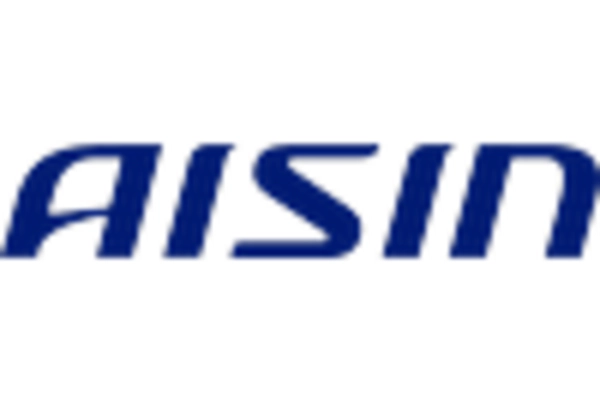
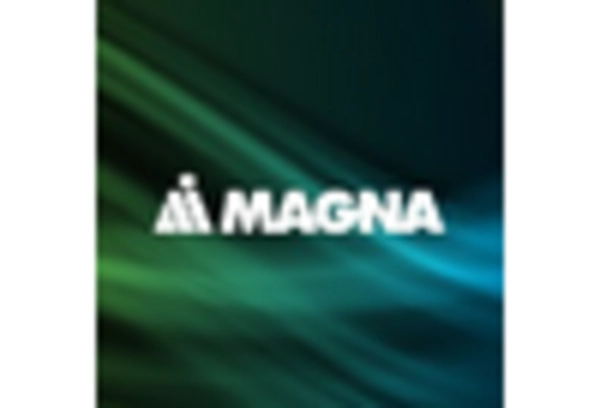
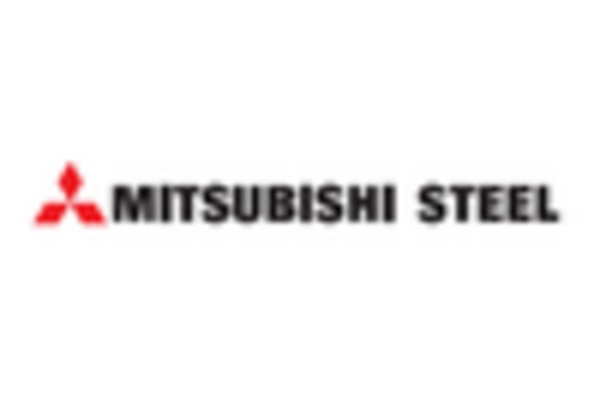
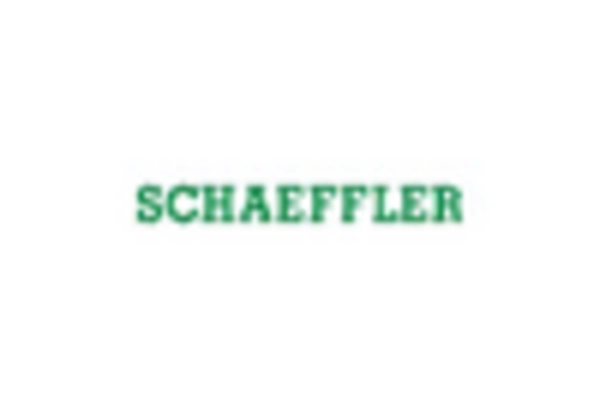
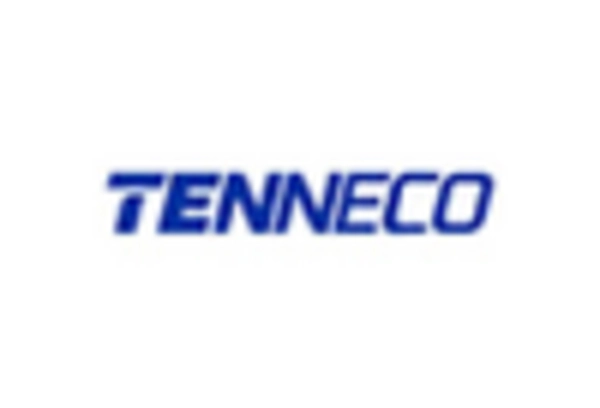
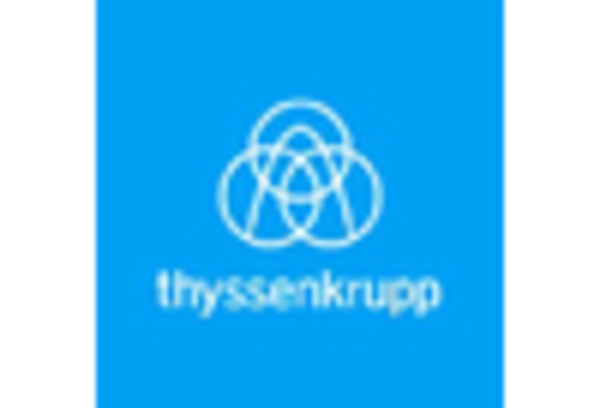








Leave a Comment